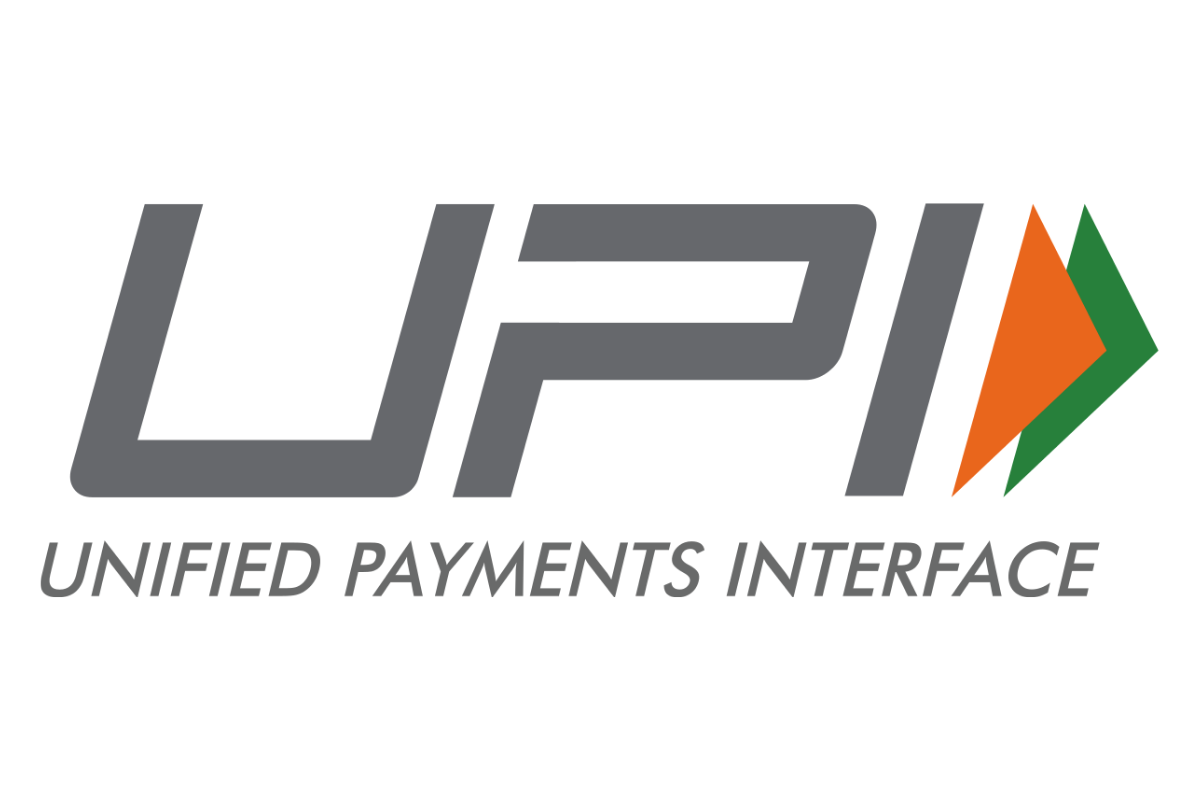
The Unified Payments Interface (UPI) and other digital payment systems have totally changed how we do transactions. UPI has become widely used in India by everyone, from street vendors to large retail chains. They have eliminated the need to use cash in most cases by enabling a user to instantly scan a QR code and transfer the right amount immediately to a bank account.
Even though UPI is a secure payment method, you could occasionally lose money due to unintentional errors on your part. One of the scenarios you might have run into was accidentally sending money to someone else's bank account by inputting the wrong UPI ID. Most people worry in these situations, but according to the Reserve Bank of India, if the right steps are performed, you can get back the money that was sent.
A How-To Manual for Getting Your Money Back
The aggrieved party must first file a complaint with the appropriate payment system.
Through the customer support offices of firms like Paytm, Google Pay, and PhonePe, you can request a refund.
Contact the RBI's ombudsman for digital transactions if the payment service is unable to fix the issue.
You can reach out to the customer care teams of the payment apps or the banks directly through the mobile app you have used to make the transaction. The app also records the transaction ID which you can screenshot or note down somewhere as it comes handy.
Who Is the Ombudsman, and When Can You Contact Him?
The RBI has appointed a senior person known as the Ombudsman to address consumer complaints about System Participants, as defined in the Scheme, for deficiencies in specific services that fall under the grounds of complaint listed in Clause 8 of the Scheme.
The inability to credit funds to the beneficiaries' accounts or the failure to return the amount within a reasonable period of time are both grounds for complaints when the payment system departs from RBI criteria for transactions, including UPI, the Bharat QR code, and other techniques. One may also complain to the ombudsman if funds are accidentally sent to the beneficiary's account.















